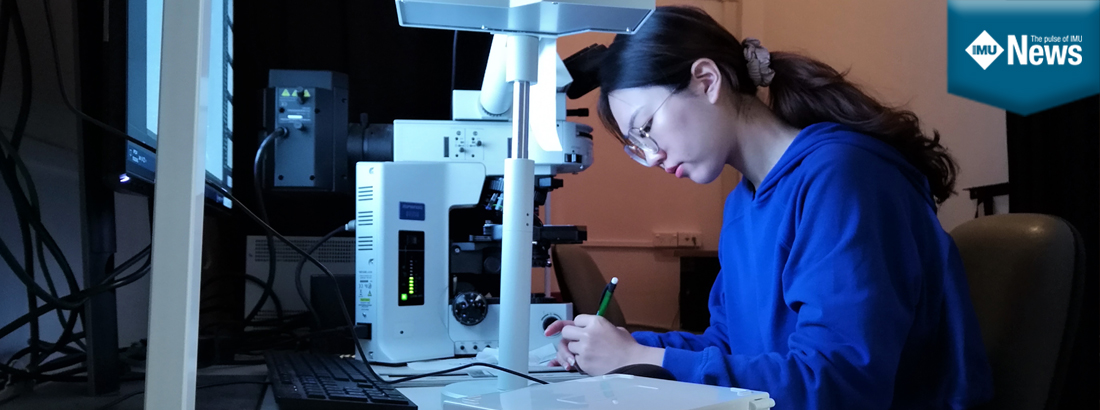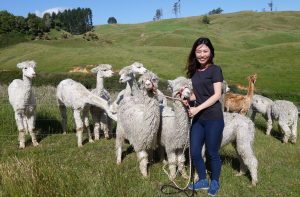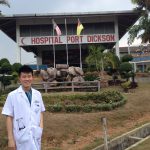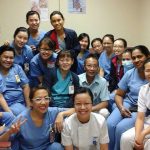As a final year IMU Biomedical Science student, I had the opportunity to work with Prof Dave Grattan and his team for 13 weeks at Grattan Lab as part of my internship. The Grattan Lab is one of the 10 laboratories in the Center of Neuroendocrinology (CNE) in University of Otago, New Zealand. The main direction of the Grattan Lab is to investigate the role of prolactin in the neuroendocrine and neurobiological adaptations of the brain. During my time at the lab, I contributed to my direct supervisor, Dr Kristina Smiley’s ongoing projects. Dr Smiley’s focus is on the neuroendocrinal mechanisms of paternal care and she designed a programme to maximise my short time in Otago to learn as much practical skills related to neuroendocrinology.
My main tasks were cryosectioning, immunohistochemistry (IHC) and behavioural analyses. Cryosectioning was one of my favourite things to do in the lab. It was very oddly therapeutic. There’s a rhythm to turning the wheel (which slices the sections), and you just keep going at it. Once in a while, you get some concerned lab mates to remind you to be careful of the very sharp blade. The major key to cryosectioning is temperature control: too warm (as in 1-2°C warmer), your sections will ‘melt’, too chilly, your sections curl up.
I was exposed to the mechanism of IHC in IMU modules and practicals. However, the mounting of the sections on slides post-IHC was one of the biggest challenges I encountered in my projects. In the beginning, I struggled to arrange the brain sections according to the atlas. Therefore, I studied the anatomical features of mice brain and learnt to familiarise myself with the landmarks through practices. Mounting is back-breaking work, literally. I have to sit in the same position for hours to separate, arrange, and place the very delicate, thinly sliced sections onto a slide, all done using two small paintbrushes. Then, I proceeded to microscopy to visualise the cells which added to another layer of difficulty, as I need to identify very specific areas throughout the brain. Hence, I was very attached to the lab’s atlas until I was seeing mice brains in my sleep. I have also observed blood collection, brain extraction, perfusion and stereotaxic surgery to insert virus vector. These procedures were new to me. I was fascinated by the accuracy and skills required to obtain a tiny brain while ensuring its integrity. Dr Smiley was concerned that undergraduates usually have difficulties in handling live mice, but the concern was nullified as the animal management module in IMU had given me adequate exposure in this. The CNE lab does not have fixed working hours that the staffs should adhere to; there are no punch-card systems to record your attendance. The main authority that you should report to is your principal investigator during meetings. It was a true work-culture shock to me. Truth to be told, there are some days I would consider coming in late or take a rest day. Hence, it really amazed me that the members of CNE can get their job done in their own time, even without an enforced system. It all comes to discipline and passion to procure and publish their findings.
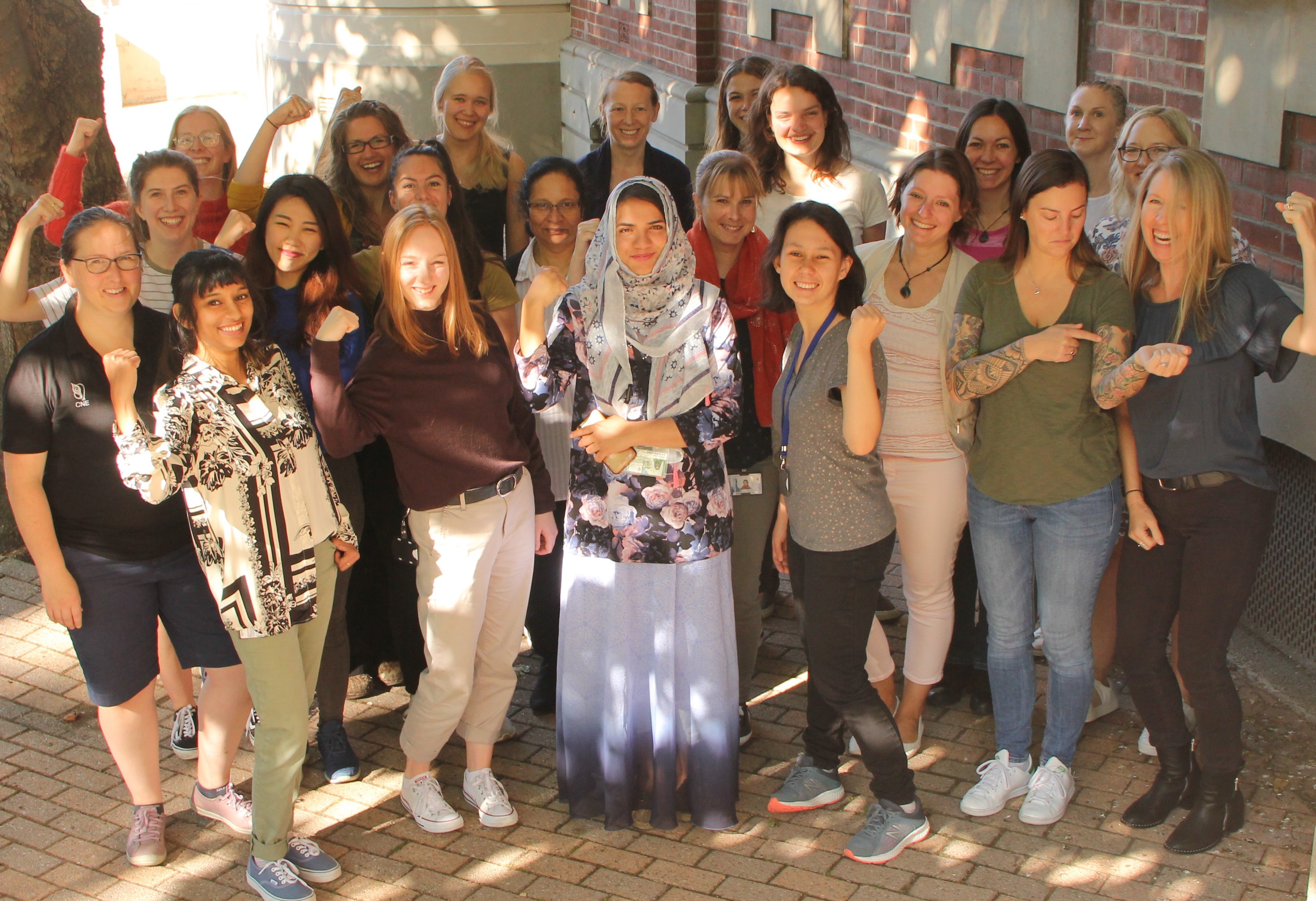
Furthermore, the lab prioritises the inter-relationship of the researchers and their exchange of knowledge. Therefore, every Friday, there are some activities that facilitate that bonding. The activities which differ every week, include seminars, tea breaks, paper sharing, and journal club meetings. I was fortunate to be included in this enjoyable working environment. Every member of the CNE is kept in the loop of the latest happenings within the department.
On my final lab meeting, I was given the chance to present my results in which Prof Grattan and my fellow lab members actively discussed the prospects of the results. During my internship, we are encouraged to discuss our experiments and troubles, and hence, from the exchange of experience, we can discover new ways to improve our projects and ourselves.
As a conclusion to the attachment to the Grattan Lab, I believe the practical and life skills learnt are invaluable to my development as an aspiring biomedical scientist. I feel grateful to be involved in an ongoing research overseas; as New Zealand has shown me its protectiveness over the environment, I have grown to appreciate the proper laboratory waste management. Moreover, the friendly working culture has made me realise the importance of a good professional relationship with my co-workers and encouraged me to improve my social skills. Through the interaction with CNE members, I feel encouraged to further my studies and acquire knowledge continuously. I truly hope that I can maintain the positive attributes acquired from this attachment and instil them in my future practice.
Although neuroendocrinology is a relatively advanced field, I, as an undergraduate, was able to keep up in theory (with extra effort) with the postgraduates. My fellow lab members were quite impressed with the syllabus covered in IMU. Nevertheless, theory is nought without actual lab skills and true immersion into a research environment. Hence, I am grateful for the research internship opportunity given by IMU and University of Otago for accepting me.
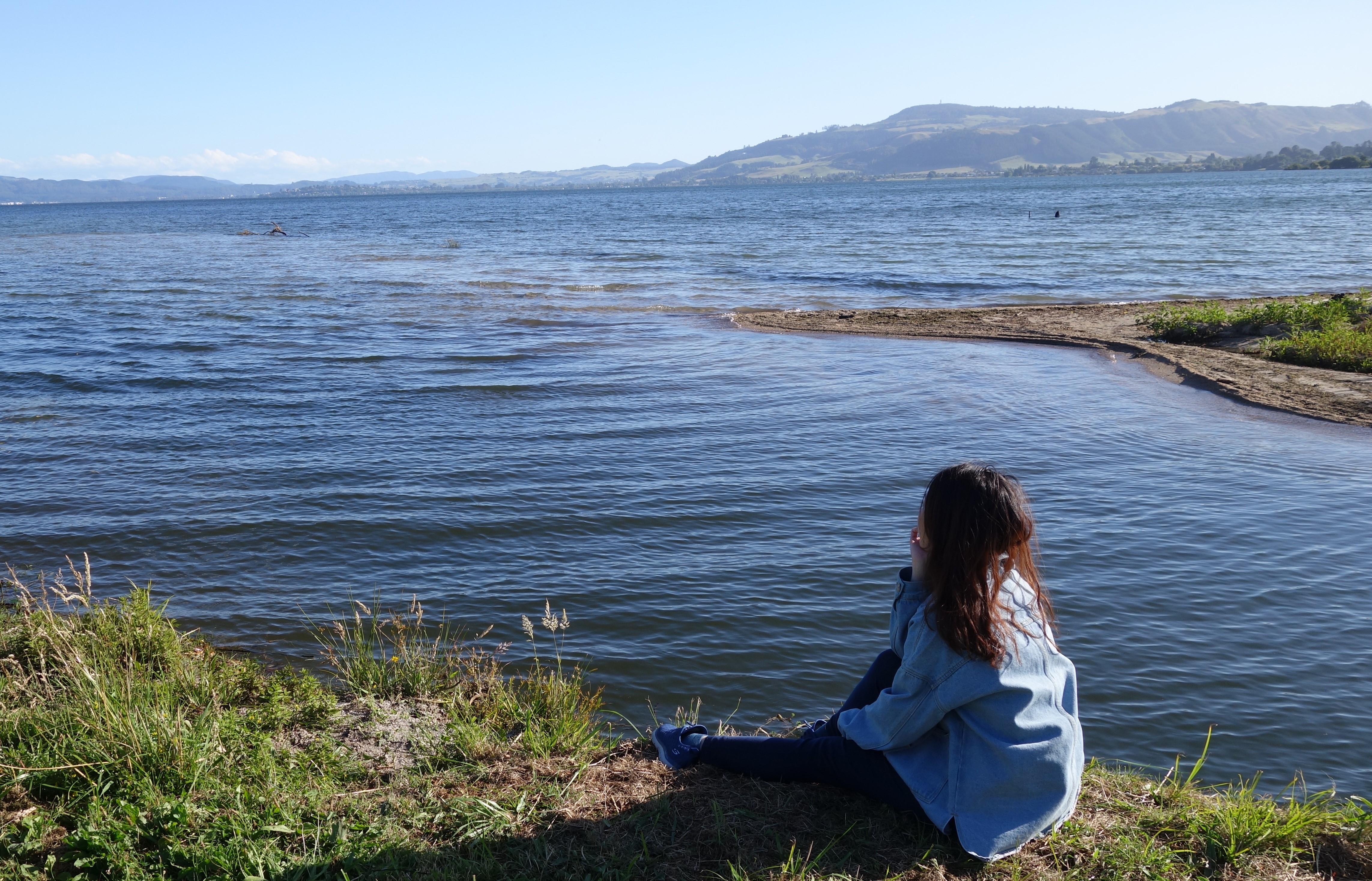
Written by Genieve Yeo Ee Chia




